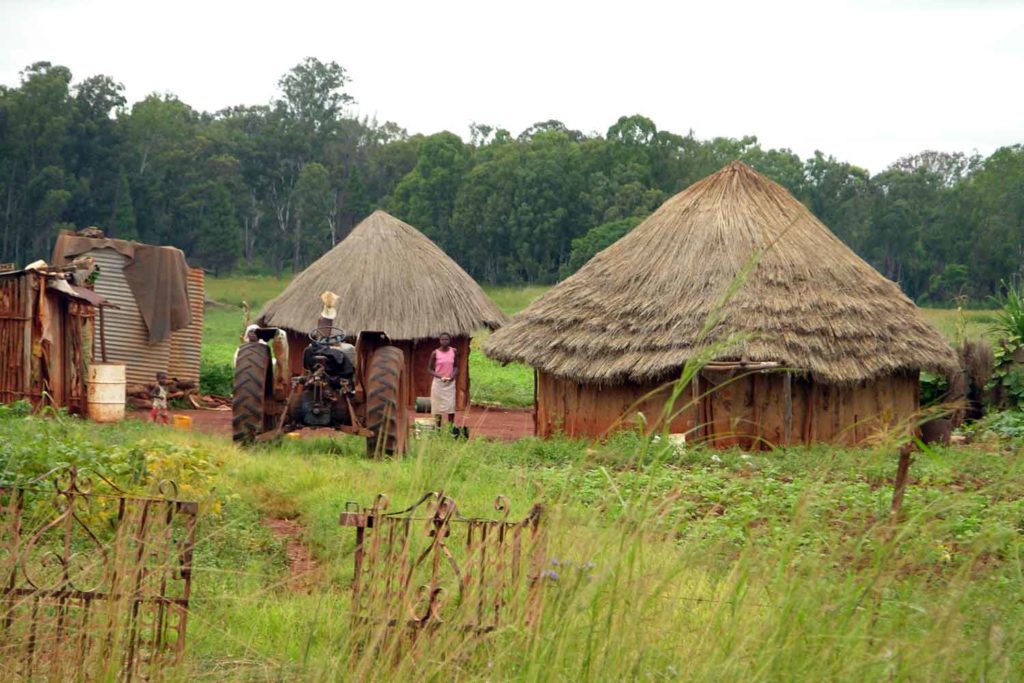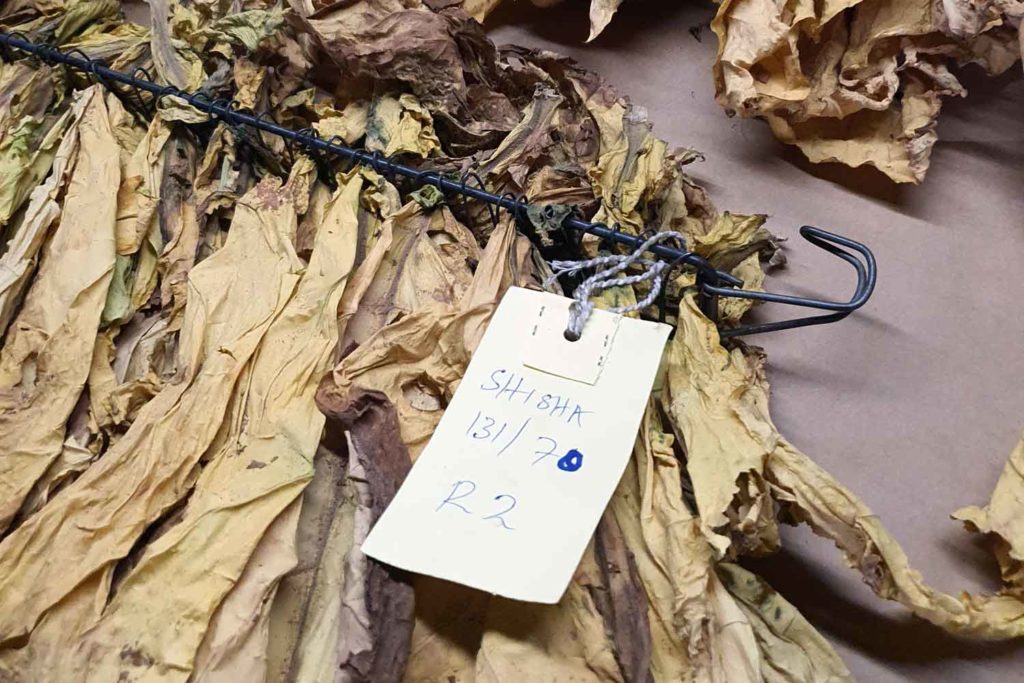Exponential Growth
Monkau believes that central and southern Africa can provide significant volumes of LNFCT at competitive prices. And, importantly, having done his research, he believes there is a ready market for such tobaccos. “Within the tobacco market at large, there are some segments that are in decline or stable and other segments that are growing fast,” he told me in an email exchange. “The shisha market is definitely in the last category, with even exponential growth expected in the next few years.”
Given such opportunities come to fruition, it seems likely that other players will be attracted to growing LNFCT in Zimbabwe, a fact Monkau hinted at when he made the point that establishing an LNFCT production industry in Zimbabwe would be an important step in helping to expand and diversify the country’s tobacco client portfolio.
Currently, no other companies are growing low-nicotine varieties in Zimbabwe or taking part in production trials. However, it seems that interest is growing. Magama told me the TRB had been involved with low-nicotine trials for the past five years, working with many merchants with different objectives and end-use applications. And the board had been selected, he said, to be part of a three-year global study on low-nicotine tobacco being coordinated by a taskforce of the Cooperation Centre for Scientific Research Relative to Tobacco.
The plant breeding division of the TRB plays a vital role in low-nicotine trials, conducting research and making available where appropriate the results of that research. The division also makes recommendations when called upon to do so by the Tobacco Industry and Marketing Board (TIMB) and other stakeholders. Again, such cooperation is vital because the TIMB is responsible for authorizing the growing in Zimbabwe of any tobacco variety, and it is the TRB that carries out value for cultivation and use studies, and, on the basis of those studies, recommends or not the variety in question.
Furthermore, two other government departments, the Seed Services Institute and the Plant Quarantine Services Institute, are involved in ensuring only suitable varieties are grown by processing seed permits and ensuring all phytosanitary issues from the country of origin are addressed before seed importation is made.
It might seem from the above that obtaining permission for experimenting with new varieties would be complex, but, for instance, authorization for the seed used for Cavendish Lloyd’s trials was processed for the company by the TRB.
The seed in question was obtained from a company based in Europe that has long cooperated with Zimbabwe and is a stable source of supply. But, in any case, Magama said that, depending on the results of the trial, it was possible seed could be sourced elsewhere if it were necessary to address limitations the original seed might have. Further, local breeding efforts could be activated should there be a business case for this nascent tobacco type, he added.
Finally, without wishing to interrupt the Slow Movement that inevitably controls the scheduling of research and trials, I need to point out that Monkau intends to introduce some allegro con brio into his enterprise. “We plan to grow 1 million kg green from season 2022–2023,” he said. “This might seem ambitious, but we have spent a lot of time on research and are confident we can make it.”


















